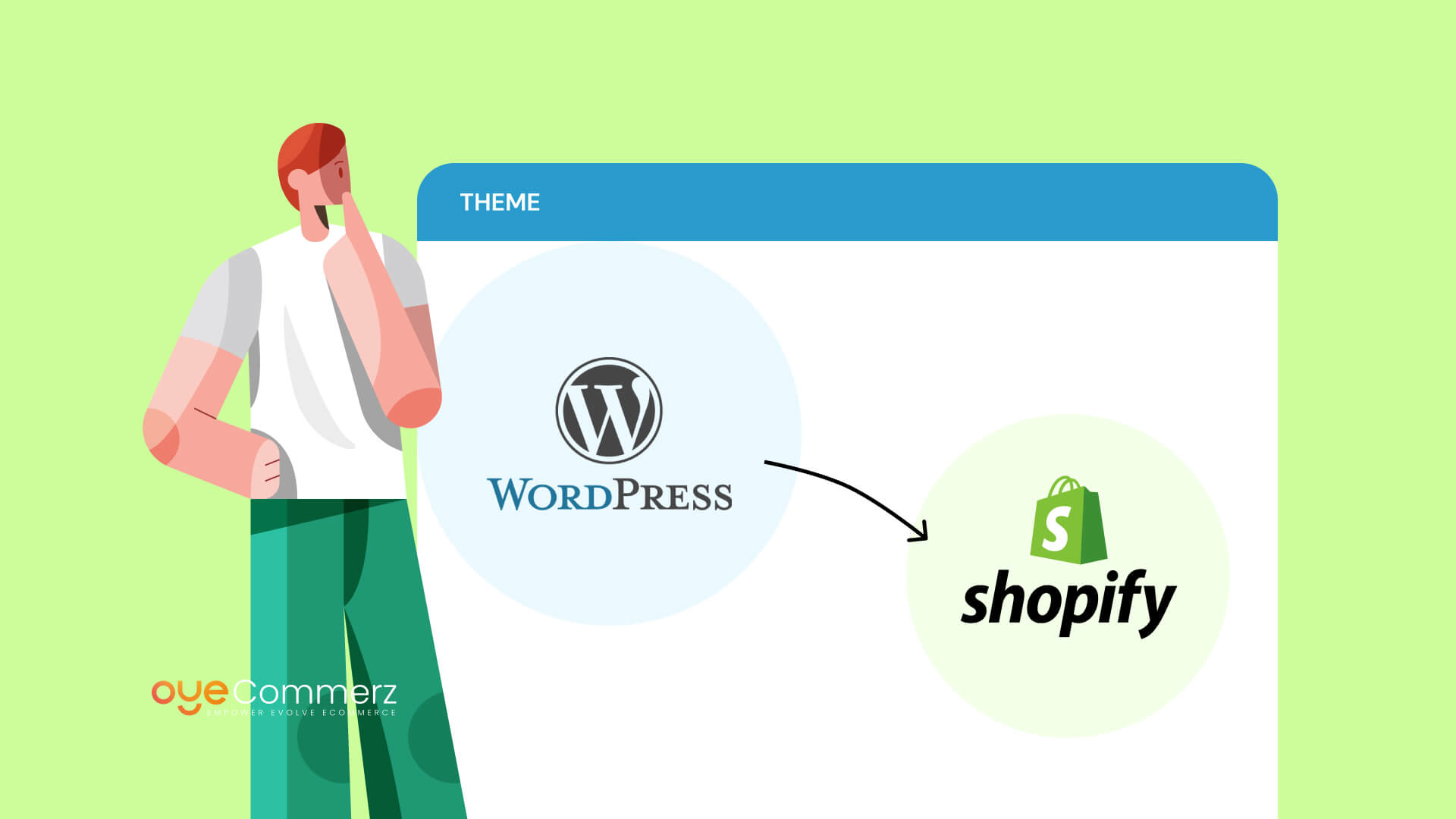The journey of an e-commerce business hinges on its ability to adapt, grow, and provide exceptional customer experiences.
If you’re planning to migrate from WordPress to Shopify, you’re likely aiming for superior performance, greater functionality, and a more future-proof platform.
This guide outlines the essential steps, strategies, and insights to ensure your migration to Shopify is successful and disruption-free.
Introduction: Why Migrate from WordPress to Shopify?
While WordPress offers versatility, its reliance on multiple plugins often creates hurdles for scaling.
Built for e-commerce, Shopify delivers unmatched security, scalability, and tools tailored to retailers.
Shopify's reach extends to over 4.5 million stores globally in 2024, confirming its leadership in the e-commerce space.
A move to Shopify enhances areas like payment solutions, order handling, and mobile-friendly design.
Here’s your ultimate step-by-step guide to ensure a smooth transition.
Step 1: Evaluate Your Online Store's Requirements
Begin with a detailed assessment of your store’s strengths, weaknesses, and goals.
Highlight limitations like slow loading speeds or plugin dependencies that hinder scalability.
With tools like Shopify Payments and flexible themes, Shopify minimizes the need for external plugins.
Step 2: Develop a Detailed Migration Strategy
Without proper planning, your migration might result in errors or unnecessary business interruptions.
Ensure a smooth transition by focusing on key areas like product inventory, customer data, and order history.
Leverage Shopify’s in-built tools and external integrations to handle data migration securely and efficiently.
Step 3: Tailor Your Shopify Experience
Shopify’s flexible themes allow you to reflect your brand identity seamlessly.
Browse the Shopify Theme Store for templates or modify them to enhance user experience.
Premium themes like “Impulse” and “Prestige” offer advanced features and mobile-friendly designs.
Shopify Plus offers tailored theme development for businesses seeking unique designs.
Oyecommerz provides expert Shopify Plus customization services to elevate enterprise branding.
Step 4: Safeguard Your Search Engine Optimization
Retaining your SEO framework during migration prevents search traffic declines.
Shopify offers URL redirection to ensure that your visitors land on the right pages.
Optimize metadata and link to Google Analytics for seamless SEO tracking on Shopify.
Studies show that overlooking SEO during migration often leads to a Shopify Plus service provider drop in site traffic.
Step 5: Leverage Shopify’s App Ecosystem
Unlock advanced features for your store with Shopify’s rich selection of apps.
Enhance customer retention with tools like Klaviyo and Yotpo designed for email and review management.
Oyecommerz offers Shopify API services to integrate advanced tools and streamline processes.
Oyecommerz specializes in creating tailored integrations to meet your business's unique operational needs.
Step 6: Focus on Mobile Optimization
Mobile shopping now represents over half of online purchases, emphasizing the need for mobile-friendly design.
Shopify’s responsive themes ensure your store looks great and functions smoothly on mobile.
Shopify’s payment options, like Shop Pay, offer a quick and frictionless checkout experience.
Enhance mobile user satisfaction by ensuring fast, intuitive browsing and purchasing.
Step 7: Empower Your Team with Shopify Training
While Shopify’s interface is user-friendly, training your team ensures a smoother transition.
Ensure your team knows how to handle inventory, process orders, and analyze reports.
Team training boosts confidence and efficiency in using Shopify’s advanced functionalities.
Step 8: Test Your Store Before Launch
Run thorough checks on your Shopify store to address potential problems before it Transition from WordPress to Shopify goes live.
Ensure that all links work, redirects are in place, and product listings are correct.
Test your payment systems and confirm the checkout process works seamlessly across platforms.
A well-tested store provides users with a flawless shopping experience from the start.
Step 9: Promote Your Migration Strategically
Capitalize on your migration by generating buzz among your existing and potential customers.
Use email campaigns and social media to inform customers about the benefits of the new platform.
Highlight benefits such as better performance and enhanced security to boost customer confidence.
Conclusion: Unlock New E-Commerce Potential with Shopify
Migrating from WordPress to Shopify is more than a technical change—it’s a transformative step for your business.
With its powerful ecosystem and enterprise-ready features, Shopify positions your business for sustained success.
For businesses of any size, Shopify offers unparalleled support for achieving e-commerce goals.
Partnering with Oyecommerz ensures a smooth migration with minimal disruption to your operations.
Our Shopify migration services help unlock your store’s full potential while ensuring a hassle-free experience.
Ready to elevate your e-commerce strategy with Shopify? Let’s discuss your journey to success.
